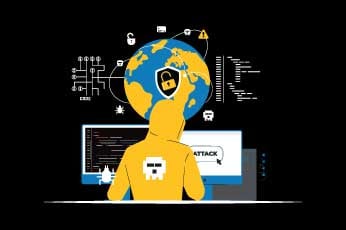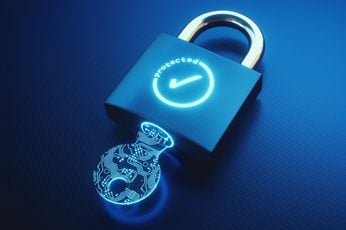Imagine instantly losing access to all of your most sensitive information, including financial account logins, personally identifiable data and your complete medical history. Now imagine that the only way to restore access to that information is by paying a faceless cybercriminal a large amount of money without a guarantee that your data will be restored.
These scenarios represent a growing attack vector that cybercriminals use to coerce individuals and companies worldwide to meet their demands: ransomware.
This type of malware encrypts the victim’s data and demands payment to provide the decryption key. These attacks are not new, but they have increased in recent years due to the rise in operational risks associated with more employees working from home, as well as the increase in “big game hunting” of high-profile company targets.
Read on to learn more about what ransomware is, how it works and how you can protect yourself and your organization from these types of dangerous cyberattacks.





